
Jeep Wrangler review

Introduction
When you think of a Jeep – by which we mean a ‘traditional’ Jeep – you don’t really think of a Compass or a Cherokee. When you think of a Jeep, you think of a utilitarian off-roader. Something a bit more primitive. You’re thinking of a Wrangler.
You see, nowadays, 4x4s aren’t really off-roaders. Or at least they don’t need to be. Of course, they might claim to have off-road capabilities – and these capabilities might still be a part of its selling point. But the reality is nearly all of them will be “Chelsea Tractors”. They will never touch even a patch of grass, let alone be sent out into the deep countryside or a rocky mountainside landscape.
The Jeep Wrangler, though, has always been very much an off-roader – but often at the expense of its on-road capabilities.
Has that changed?
Select's rating score* - 3 / 5
At a Glance
Well, from the outside, it doesn't look like it. But, of course, this is the new Wrangler, although you'd be hard pushed to tell it apart from the old one. To some extent, though, if you’re a purist – and that’s very much the market Jeep is going after here – there’s nothing wrong with how the Wrangler looks. So, if it ain’t broke, don’t fix it.
At the front, it has the familiar grille with vertical holes in it and a circular light on either side. There is a gigantic, thick, protruding bumper housing a couple of fogs lights, a high flat bonnet - and that’s about it.
The bumper extends around to become the wheel arches, which have indicators stuck on them. At the side, you’ll find straight-to-the-point doors with outer hinges, and no sloping roofline.
At the back, it’s very square, dominated by the bolt-upright rear windscreen and the spare wheel stuck onto the rear. Meanwhile, the boot opens out from the sides, resulting in more visible hinges near the taillights. Forget your compact crossovers and USB ports. This is an authentic Jeep. Utilitarian – and proud of it.
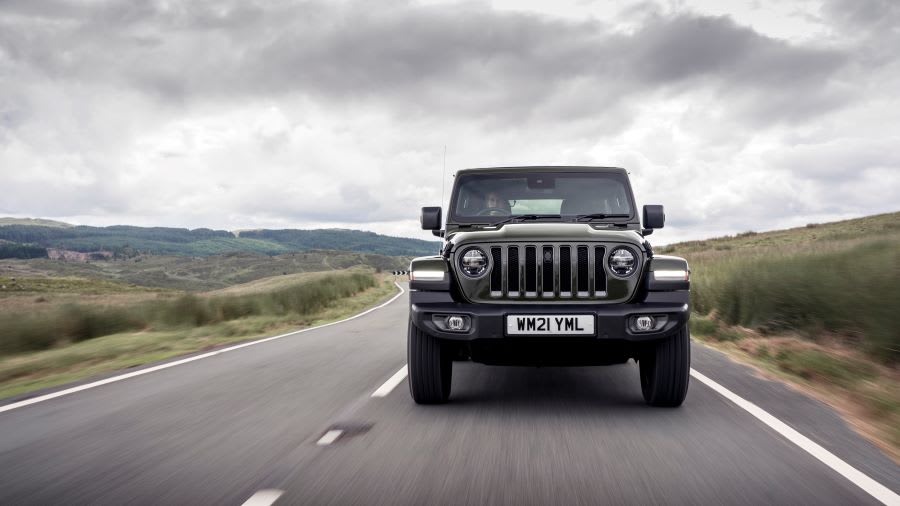
Key Features
Although the Wrangler doesn’t look any different to its predecessor, the changes are to be found underneath and, in fact, just about everything has changed.
The bodywork is different, albeit subtly so, and the ‘ladder-frame’ chassis, the interior, the gearbox, and the engine are all new.
It is lighter than its predecessor, which means the Wrangler burns fuel less quickly than before. And while the focus of this 4x4 is very much off-roading, Jeep is adamant that it’s better on the road now without compromising its all-terrain abilities.
There is a two-door version of the Wrangler, which is shorter. But we’re focusing on the four-door version – although, helpfully, the available trims are the same for both models.
There are three primary grades – Sahara, Overland and Rubicon.
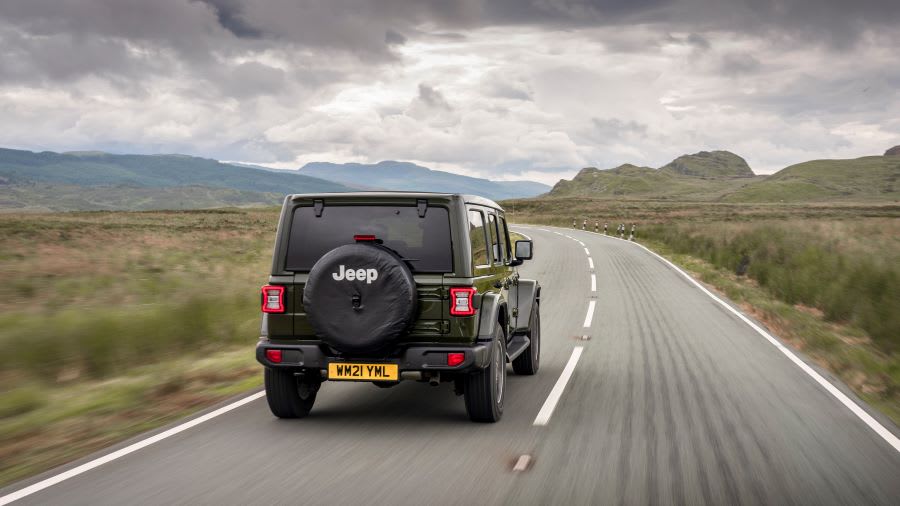
Entry-level Sahara gets you 18-inch polished alloy wheels with grey spokes. You also get forward collision warning and mitigation, adaptive cruise control and a body-coloured hardtop with grille and fender flares.
Mid-range Overland provides 18-inch machine-faced alloy wheels, passive keyless entry, leather seats (with the Overland logo) and blind-spot detection with rear cross alert.
As if you needed any more of an indication that this is an off-roader, the top-of-the-range Rubicon breaks with the norm by dropping the alloy wheel size to 17-inches. It then adds a detachable sway-bar at the front, the Rock-Trac 4x4 system and Off Road+ mode, as well as Tru-Lok front and rear electronic locking differentials.
For the moment, at the same price level as the Rubicon, you can get a fourth trim – the 80th Anniversary edition. This includes 18-inch granite crystal alloy wheels and anniversary detailing. But, in truth, those wheels don’t sound like you’d want to take them up a mountain.
![]()
The main engine available is the 2.0-litre four-cylinder turbocharged petrol, called GME. The powerplant produces 272PS and is connected to an eight-speed automatic transmission.
The diesel is no more, but Jeep hopes a plug-in hybrid version called the 4xe (pronounced ‘four-by-ee’) will soon become popular enough.
For now, though, we’re sticking to pure fossil fuel and testing the four-door Rubicon trim, which, thanks to the smaller 17-inch alloys, has tyres that measure 33-inches in diameter.
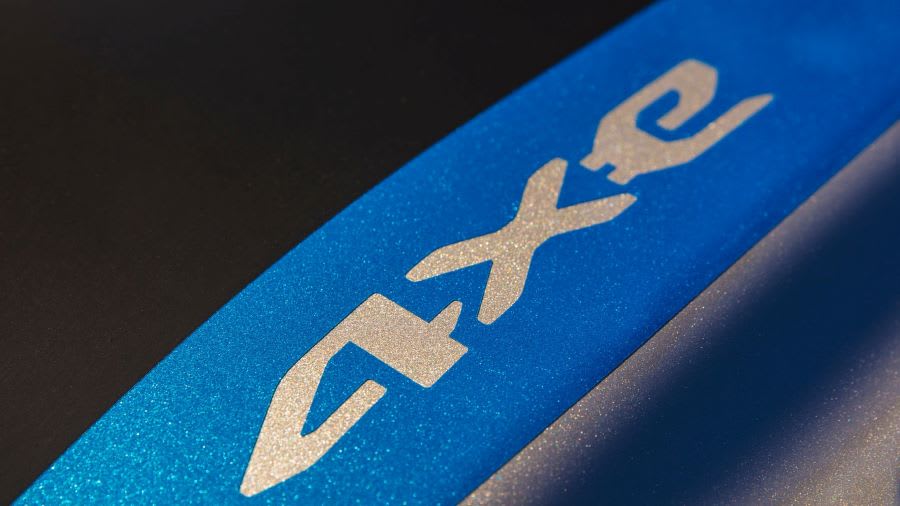
Performance & Drive
It isn't easy to know how to judge the Wrangler because so much of how it's designed and set up is for off-roading, especially in our Rubicon trim.
Yes, there's an improvement in its on-road capabilities. But all that means is it's three out of 10 instead of its predecessor’s two out of 10.
Partly due to the composition of the axles, which are intended to go over sizeable bumps at low speed, going quickly over imperfections on the road produces quite a thud.
As a result of the setup, keeping the Wrangler in a straight line is tricky. Its handling isn’t meant for heading along a motorway. It expects its steering to be continuously adjusted as you navigate your way over a pile of rocks, not the M6 Northbound. There is also a lot of ‘dead zone’ in the steering wheel. So, it needs to be adjusted more than you’d imagine to affect which way the front wheels are pointing.
In addition, the large tyres and the un-aerodynamic square shape of the Wrangler create a lot of wind and road blare.
The eight-speed automatic gearbox is excellent, though. It changes up and down smoothly, and, both on-road and off-road, there’s always plenty of power available through it when needed. We had visions of it getting confused when going up a steep incline, but there are no such worries – it knows exactly which gear you need.
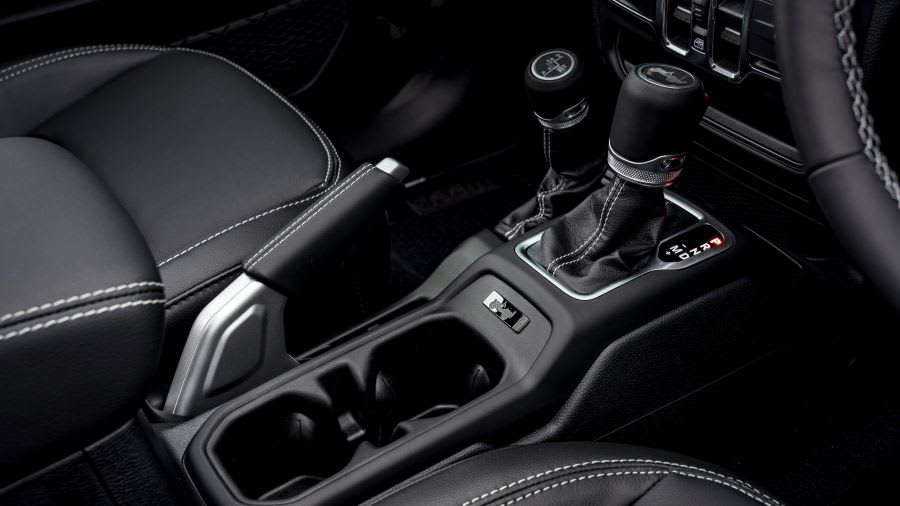
Sadly, the same can’t be said of the engine. It is turbocharged, and there's a lot of turbo lag as a result. Nevertheless, it feels smooth, and it's reasonably brisk in getting up to 62mph in 7.2-seconds. But we do miss the diesel, which was superior to the petrol in just about every conceivable way, despite not being as quick.
The thick tyres mean they’re very durable on the rough stuff, but they don’t grip very well on the road. The high suspension doesn't help things, so taking corners at speed is out of the question without the traction control intervening.
In reality, the Wrangler only works on the road if you go at a limited pace.
That, of course, means that off-roading is where the Wrangler shows its superiority. Honestly, it's in its element at under 10mph going through a bog. You can switch it to four-wheel drive and select from the various driving modes depending on which surface you're travelling along. The low-range gearbox is excellent and assures that power is there when needed while ensuring you maintain control and continue to make progress on the most demanding of terrain.
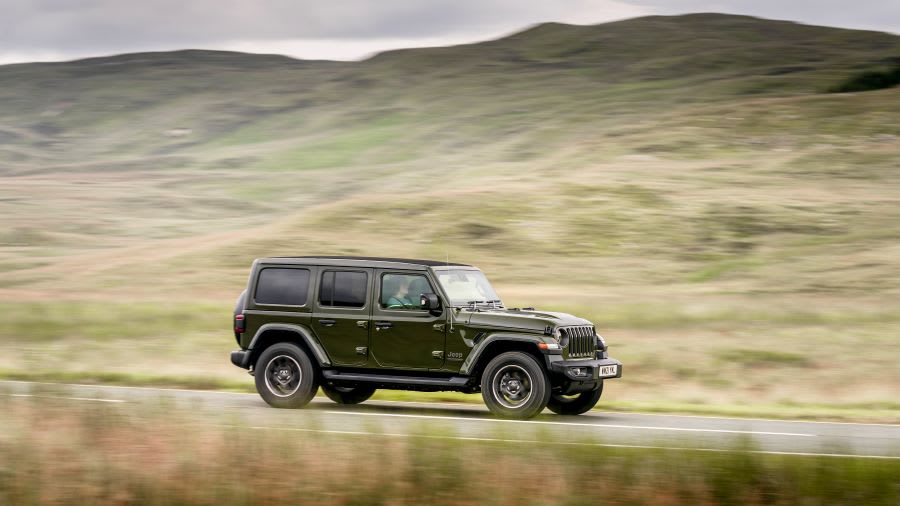
It makes off-roading lots of fun and brings out the character and quirkiness of the Wrangler.
The Rubicon’s locking differentials mean that, as one wheel loses grip on the muddy surface, the other carries on, forcing the vehicle along. Plus, a detachable front sway bar helps maintain maximum contact between the tyres and the ground. It has strengthened axles, too, and various other tweaks to handle whatever Mother Nature can throw at it.
In some respects, it’s so good off-road that you need never fear getting stuck. And, although lower trims don’t have the same features, you’re unlikely to need them unless the going gets really tough.
A lesson in which levers and buttons to press is recommended before you hit the off-road courses. But, once you know what you’re doing, you don’t need to be a specialist to look like an expert.
![]()
Running Costs & Emissions
With its 2.0-litre turbocharged petrol, the Wrangler is good for 24.8mpg, producing 261g/km CO2.
Those figures aren’t very impressive at all, and, in truth, if most of your time is spent on the rough stuff, they’ll also be largely irrelevant.
Despite all the unique off-road tech on the Jeep, its utilitarianism keeps servicing costs low.
The Wrangler – and, indeed, Jeep as a whole – has done quite well in reliability and customer satisfaction surveys. You naturally assume it’d break down all the time thanks to the sheer weight of Mother Nature pressing upon it as you navigate vertically up a rocky mountain, but apparently not.
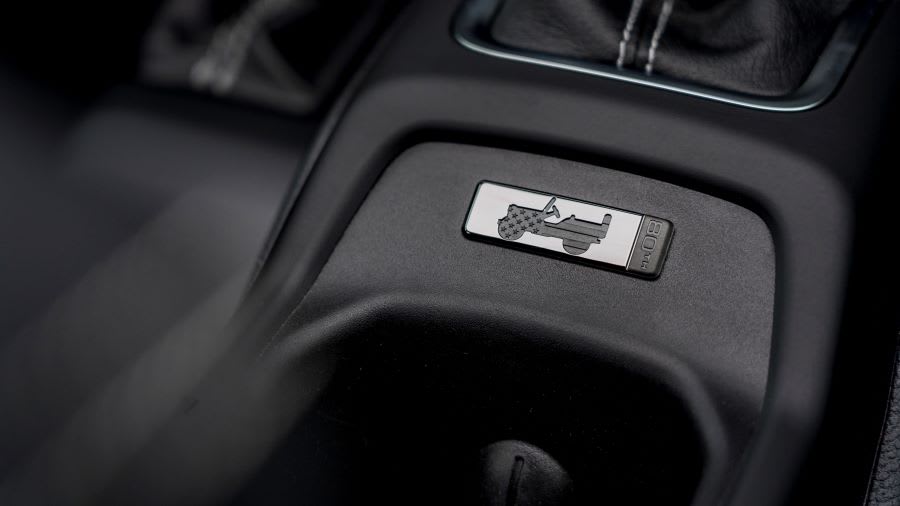
Interior & Technology
We have used the word ‘utilitarian’ several times already, yet the interior is anything but.
It is not the height of luxury by any stretch of the imagination. Nevertheless, it’s at least a happy medium between the two.
The first thing you’ll notice is the high-up, laud-it-over-everyone-else driving position. And visibility is excellent thanks to the large windows, although the reversing camera does help, too.
All models get a seven-inch digital screen between the dials, along with an 8.4-inch touchscreen housing the infotainment system, with Apple CarPlay and Android Auto, included as standard.
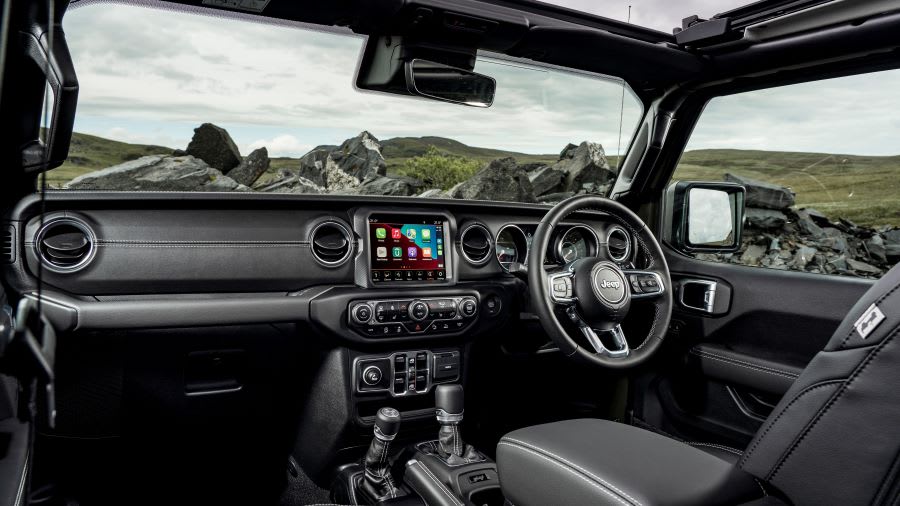
The graphics are clear and crisp, while the infotainment system is responsive and impressively user-friendly. We would appreciate the screen being a bit bigger, as some of the on-screen icons are on the small side and divert your attention from the road (or mountainside) while you ensure you’re pressing in the right place. You can get all sorts of information from it, including statistics specific to off-roading, such as the angle the vehicle is perched at.
Thankfully, there are also plenty of physical dials and buttons to be pressed in the cabin, housed alongside various soft-to-the-touch surfaces.
The Wrangler is a noticeable improvement on what went before. It feels solidly put together with good build quality, while there are options for a leather dashboard if you wish.
![]()
Practicality & Boot Space
The four-door Wrangler has lots of room in the front, so you won’t feel claustrophobic.
There aren’t door bins per se, but there are door pockets that you'll be able to fit small-sized items in. The centre console has an ample cubby space, plus there are some smaller areas to put things on the dashboard.
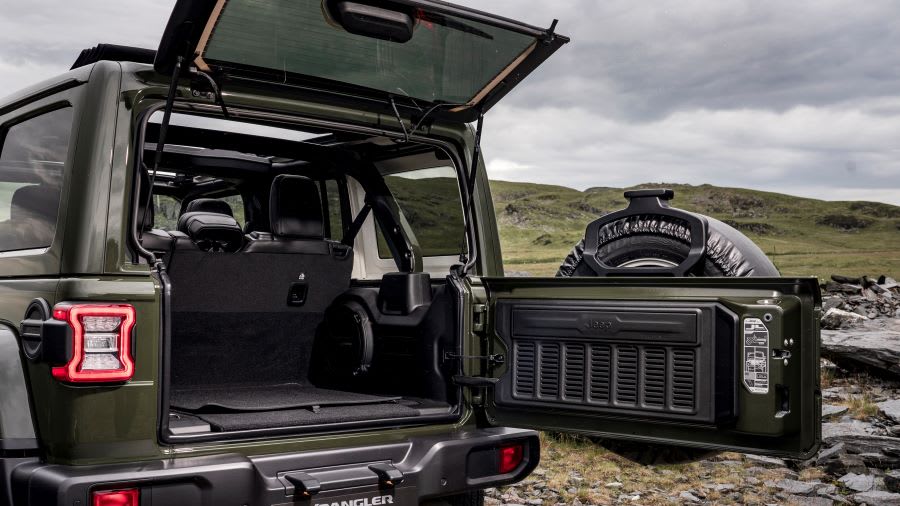
There is a lot of space in the back, too. So, even if you’re well over six feet tall, you won’t be troubled for room.
Boot space is a plentiful 548-litres, while the rear seats can be folded down – albeit not flat – to extend the boot space to 1,059-litres.
There are also three different roof designs available. There is a hardtop with removable panels (you can take the hardtop off altogether), a soft-top canvas that can fold away or be removed completely, or you can go 'full-beans Jeep'. This means you can remove the windscreen and doors and journey along with the elements in your hair, eyes, mouth and ears.
![]()
Safety
The Jeep Wrangler didn’t do particularly well when crash-tested by Euro NCAP.
In fact, it did dreadfully. With so many vehicles comfortably earning five stars nowadays, even a four-star rating is frowned upon. The Wrangler? One star. Oops.
It scored just 50 per cent for adult occupants, 69 per cent for children, 49 per cent for pedestrians and 32 per cent for safety assists.
To add insult to potentially literal injury, this was back in 2018 – and Euro NCAP has made its safety tests even more stringent since then. Therefore, it wouldn’t even score as highly if re-tested today.
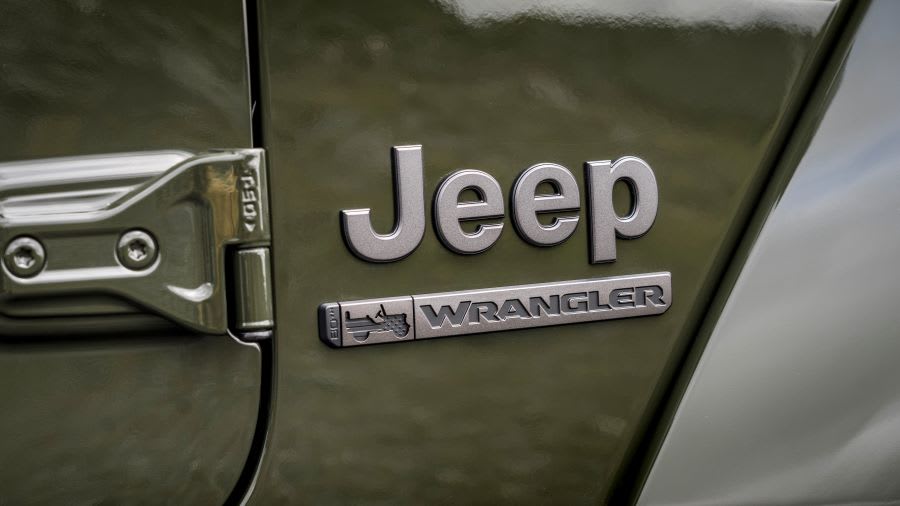
However, the Wrangler does have more safety tech on it nowadays. It has forward collision warning and mitigation, adaptive cruise control with automatic stop (so it’ll bring you to a halt if it needs to), rear park assist, a rear-view camera, and speed control when in hill-descent mode.
Also, this is a raw, traditional vehicle – and it’s important to put it in context. Euro NCAP testing is based on cars crashing, primarily at speed. Jeep will argue that if used for its intended purpose, the Wrangler will barely be going quickly enough to have a smash. And, given it’s designed to tackle mountainous terrain and sludgy mud swamps, the automaker has a point.
There is an element of the utilitarian feeling of ‘you’re buying a steel can, albeit a robust one, but it’s still a steel can’. And it’s important to realise that even a one-star rated car is enough to be deemed sufficiently safe to be sold and meet basic safety regulations.
So, it’s essential to look at things in context – but it is something to beware of if you intend to use the Wrangler on the road all the time.
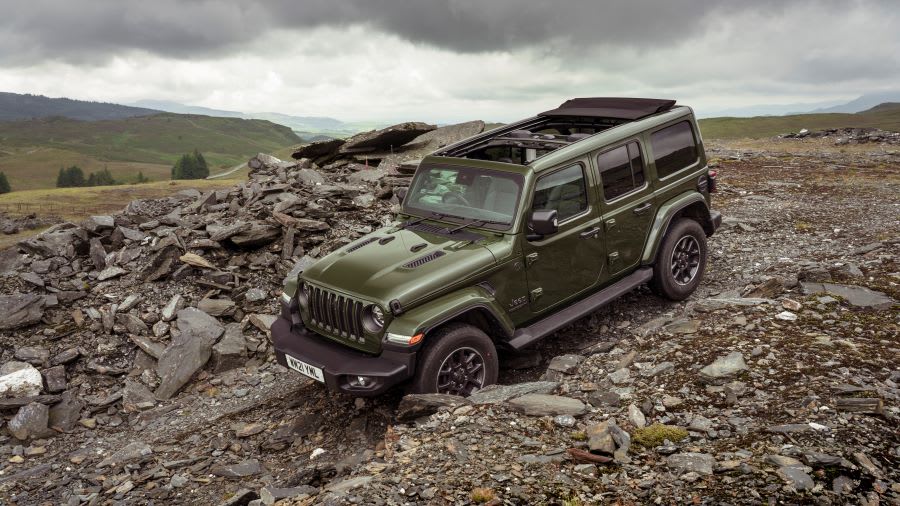
Options
You can choose from several colours. The Wrangler comes in solid white as standard. But, if you want black, red, ‘nacho’ orange, dark grey, metallic silver, granite crystal metallic, or hydro blue metallic pearl, it costs extra.
There’s a special mention, too, for our favourite colours: ‘Sarge Green’ (hint: it’s army green) and ‘Snazzberry’ metallic pearl – basically a maroon. These shades also cost more.
You can swap to different 17-inch alloys for a little more if you want to, while there’s a choice of black or ‘dark saddle’ interiors for no additional charge.
Accessories come in the form of stickers, while a satin black grille can be yours for a snip. Elsewhere, a hardtop headliner and ‘slush mats’ can be had for very little further outlay.
If you can't decide whether to have the hardtop or soft top, you can pay to have both – they can then be interchanged as you see fit.
Finally, the Technology Pack, which includes blind-spot monitoring with rear cross-path detection, plus passive entry, is a tempting optional extra.
![]()
Rival Cars
The main rival is arguably the Toyota Land Cruiser, which is undoubtedly better on the road, but the Jeep feels superior off-road.
There is also the Land Rover Defender, but similar-shaped cars at opposite ends of the price spectrum include the Suzuki Jimny and the Mercedes G-Class.
If you’re just after an SUV or 4x4, then there are loads of alternatives to choose from, from the BMW X3 to the very underrated Dacia Duster.
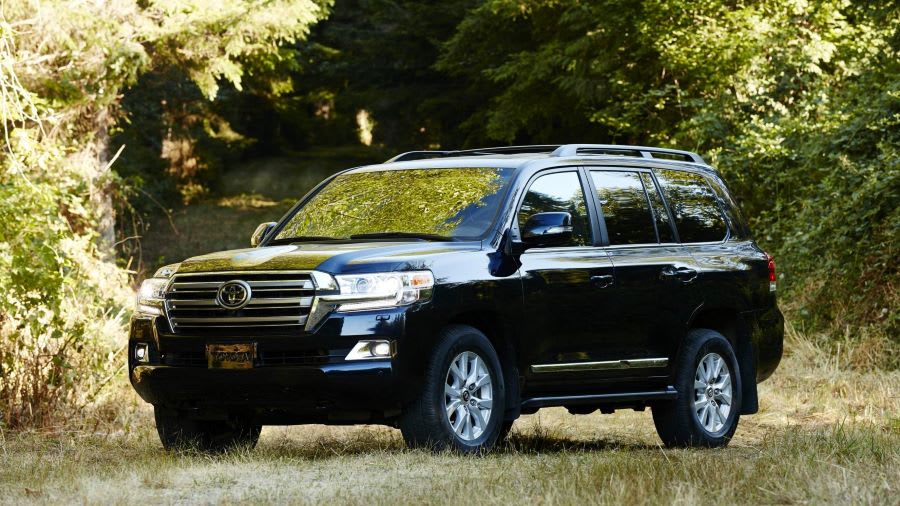
Verdict & Next Steps
The reality is that the Wrangler is a vehicle you have to want to lease because it's, well, a Wrangler.
Just like the old-school Land Rover Defender, you don’t drive one of them because it’s better than other 4x4s. Instead, you drive it because it’s a Defender, and you want to be seen in one.
The Wrangler is unimpressive on the road, but it’s as authentic and traditional off the road as you can imagine.
It doesn’t so much compete with rivals – it sits in its own class: crossovers, small SUVs, big SUVs, Wranglers.
We can’t recommend it as an on-road vehicle at all. If you’ve no desire to take it on the rough stuff, look elsewhere – maybe within Jeep’s range of other cars. But the Wrangler will do your head in if you have to live with it as an everyday vehicle, unless you live on a farm or halfway up a mountain.
It is also expensive. Our version, the Rubicon, is getting on for sixty-grand if you were to buy rather than lease it. It's also costly to run due to its poor fuel economy.
In truth, the entry-level Sahara trim comes with most of the kit you'd need unless you're going to be tackling really tough terrain, so that will save some money.
But the Toyota Land Cruiser costs less and is far easier to live with every day.
Where to next?
View latest Jeep Wrangler Leasing Deals- from just £533.32 per month inc VAT**
Looking for a great leasing deal? Check out our incredible range of Special Offers
New SUV? Read our latest Car Reviews and find the right model for you
Want to know more about leasing? Take a look at our comprehensive Leasing Guides
Interested in everything motoring? Why not catch up on all the latest Car Leasing News.
**Score based on Select’s unique meta score analysis, taking into account the UK’s top five leading independent car website reviews of the Jeep Wrangler
**Correct as of 09/02/2022. Based on 9 months initial payment, 5,000 miles over a 48 month lease. Initial payment equivalent to 9 monthly payments or £4,799.88 Ts and Cs apply. Credit is subject to status.

.jpg)



















